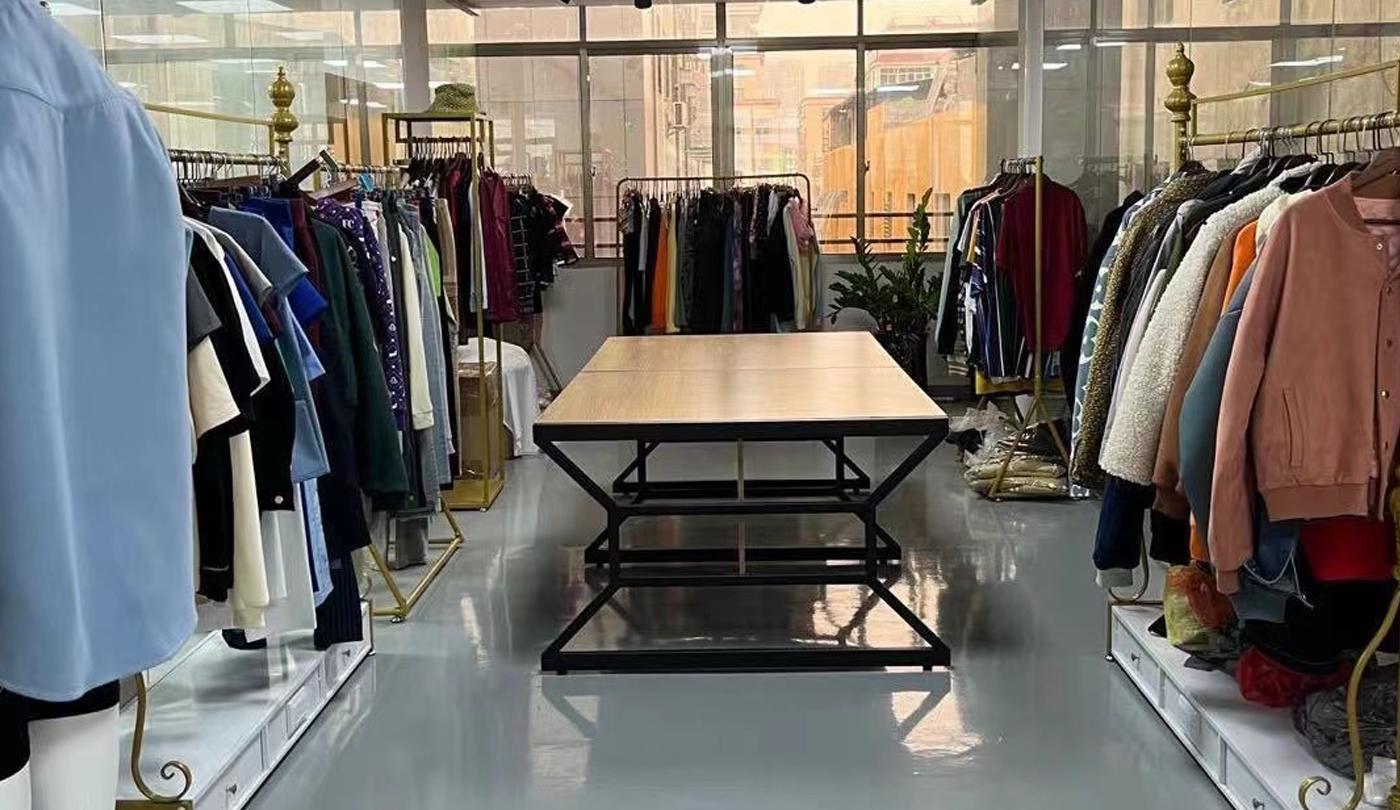Some common materials for clothing have wearing experience characteristics.In the eyes of peers, hoodies men custom logo It has good qualities that people covet, and it also has many loyal fans that people envy. https://leduogarment.com
Cotton:
Soft and comfortable: It feels gentle when in contact with the skin and does not cause irritation.
Good breathability: It helps sweat evaporate and keeps the skin dry, suitable for wearing in hot weather.
High hygroscopicity: It can absorb sweat discharged from the body, but it may not dry quickly in a humid environment.
Easy to wrinkle: It needs to be ironed frequently to keep it flat.
Example: A pure cotton T-shirt is very comfortable to wear in the summer, but it may have obvious wrinkles after a day of activities.
Linen:
Excellent breathability: It is more breathable than cotton and gives a refreshing feeling.
Good hygroscopicity: It can absorb sweat quickly.
Hard texture: It may be a little rough when worn for the first time, but it will gradually soften with the increase in the number of washes.
Easy to wrinkle: And wrinkles are more difficult to smooth out than cotton clothing.
Example: Linen shirts can provide good ventilation in hot summer, but require careful care to reduce wrinkles.
Silk:
Smooth and soft: It feels extremely delicate and gives a luxurious feeling.
Lustrous: makes clothing look high-end and gorgeous.
Good breathability: cool and comfortable to wear.
High maintenance requirements: demanding washing and storage conditions, easy to damage.
Example: Silk dresses can show elegance when worn on important occasions, but care should be taken to avoid scratches and use special detergents.
Wool:
Excellent warmth retention: especially suitable for wearing in cold seasons.
Soft: but may feel slightly itchy, especially for sensitive skin.
Good elasticity: can maintain the shape of clothing.
Easy to shrink: special care is required when washing.
Example: Wool coats can effectively protect against the cold in winter, but may become smaller after washing.
Cashmere:
Extremely soft: almost no itching, very skin-friendly.
Excellent warmth retention: lighter and warmer than wool.
Expensive: a high-end clothing material.
Careful care is required: prone to pilling and wear.
Example: A cashmere sweater can provide unparalleled warmth and comfort, but it needs to be maintained with special care products.
Polyester:
Highly wrinkle-resistant: Less prone to wrinkles, less frequent ironing required.
Good abrasion resistance: Long-lasting.
Poor breathability: May feel stuffy in hot weather.
Prone to static electricity: May attract dust and hair.
Example: A sports jacket made of polyester is easy to care for, but may feel stuffy after long periods of exercise.
Nylon:
High strength: Suitable for garments that require durability, such as sports bras.
Good elasticity: Has good stretchability.
Fair breathability: Not as comfortable as natural fibers.
Example: A swimsuit made of nylon provides good support when in the water, but may be uncomfortable to wear for too long.
Spandex:
Excellent elasticity: Provides good stretch and fit.
Often blended with other fibers: Enhances the elasticity and comfort of the garment.
Limited breathability and moisture absorption when used alone.
Example: Tights with a high spandex content are comfortable and allow for ease of movement, but may not be very breathable in hot weather.